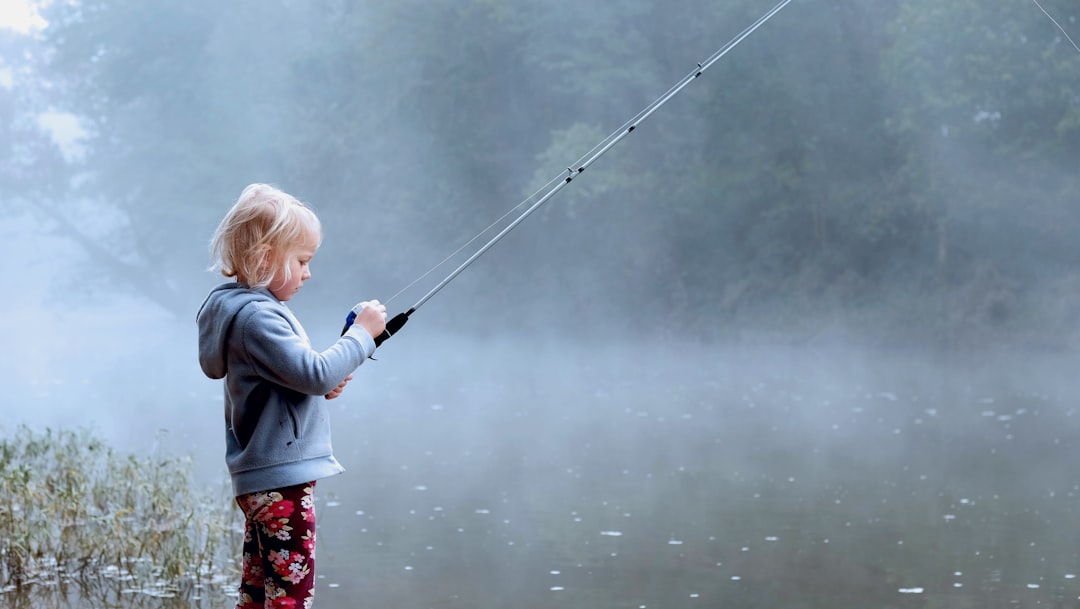“. . .WE HAVE TALLER BUILDINGS BUT SHORTER TEMPERS; WIDER FREEWAYS BUT NARROWER VIEWPOINTS; WE SPEND MORE BUT HAVE LESS; WE BUY MORE BUT ENJOY IT LESS; WE HAVE BIGGER HOUSES AND SMALLER FAMILIES; MORE CONVENIENCES, YET LESS TIME; WE HAVE MORE DEGREES BUT LESS SENSE; MORE KNOWLEDGE BUT LESS JUDGMENT; MORE EXPERTS, YET MORE PROBLEMS; WE HAVE MORE GADGETS BUT LESS SATISFACTION; MORE MEDICINE, YET LESS WELLNESS; WE TAKE MORE VITAMINS BUT SEE FEWER RESULTS. WE DRINK TOO MUCH; SMOKE TOO MUCH; SPEND TOO RECKLESSLY; LAUGH TOO LITTLE; DRIVE TOO FAST; GET TOO ANGRY QUICKLY; STAY UP TOO LATE; GET UP TOO TIRED; READ TOO SELDOM; WATCH TV TOO MUCH AND PRAY TOO SELDOM.
WE HAVE MULTIPLIED OUR POSSESSIONS, BUT REDUCED OUR VALUES; WE FLY IN FASTER PLANES TO ARRIVE THERE QUICKER, TO DO LESS AND RETURN SOONER; WE SIGN MORE CONTRACTS ONLY TO REALIZE FEWER PROFITS; WE TALK TOO MUCH; LOVE TOO SELDOM, AND LIE TOO OFTEN. WE’VE LEARNED HOW TO MAKE A LIVING, BUT NOT A LIFE; WE’VE ADDED YEARS TO LIFE,
NOT LIFE TO YEARS. . . .”
I miss George Carlin.
He died June 22, 2008
He proved to us that ONE out of ONE of us dies. . .
T H A T
we have all been born with a sexually transmitted, terminal disease
C A L L E D L I F E
I always thought that the above sentiments were George’s. . .
but NO. . .
they are not:
They’re not the words of the Dalai Lama’s or a Parkland Florida School student’s, President Biden’s or
Pope Francis’s. . .
THE PARADOX OF OUR TIME
it turns out, actually originated with
D r. B o b M o o r e h e a d,
a retired minister near Seattle;
Big Deal, huh?
Just like us. . .
One not-so-good
Ah, Ahhh, Ahhhhhh, Ahhhhhhhhh-Choooooooooooo
and we’re floating away never to be the same again;
because as we’ve been poetically
P U T :
“YOU ARE DUST AND TO DUST YOU SHALL RETURN. . . “
Humpty Dumpty would have a better shot of being seamlessly put back together again, minus all the King’s Men’s and their Horses!
Ashes,
Ashes,
We
All
F a l l D o w n. . .
and never get up quite the same way ever again
(A N D T H A T ‘ S T H E G O O D N E W S !)
Once you’ve been Smudged,
You never become
U N – S M U D G E D
(AND THAT’S EVEN BETTER NEWS. . .)
If you
Figure IT
o u t
and
A c c e p t
I T
again and again and again and. . .
Ahhhhhhhhhhhhhhh-Choooooooooooooooooo
B l e s s Y o u
ASHES
ASHES
WE ALL
FALL DOWN
hard
harder
Hardest
and it hurts
but before we become
p a r t i c l e s i n t h e w i n d
We swirl
We SWIRL AROUND
WE SWIRL
as we rise
RISE
R I S E
never to settle
a g a i n













